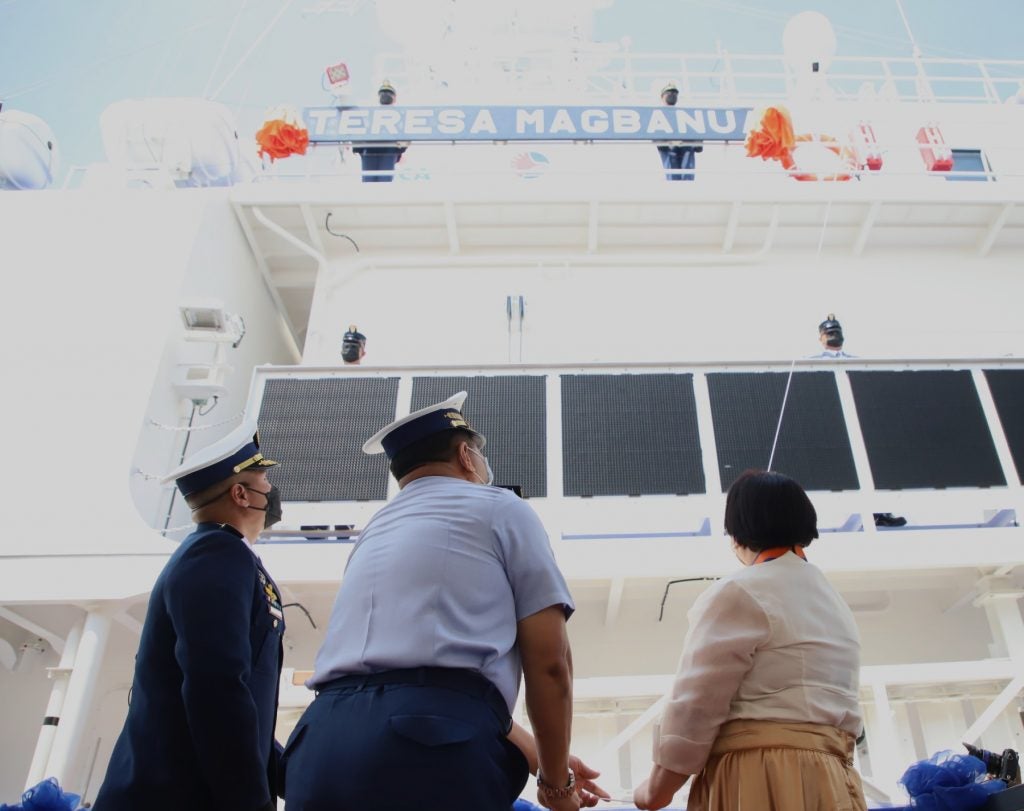Philippine Coast Guard Commissions Largest Vessel to Date
BRP Teresa Magbanua (MRRV-9701) was commissioned into the Philippine Coast Guard (PCG) on May 6. The vessel is the largest to date to join the PCG fleet, providing a boost to the service’s capabilities. Its induction into Philippine service is part of a broader push to modernize the PCG with modern, capable assets. Philippine-Japanese defense ties are also highlighted, the commissioning of the Japanese-built ship coming a month after a meeting between the two countries last month in Tokyo.
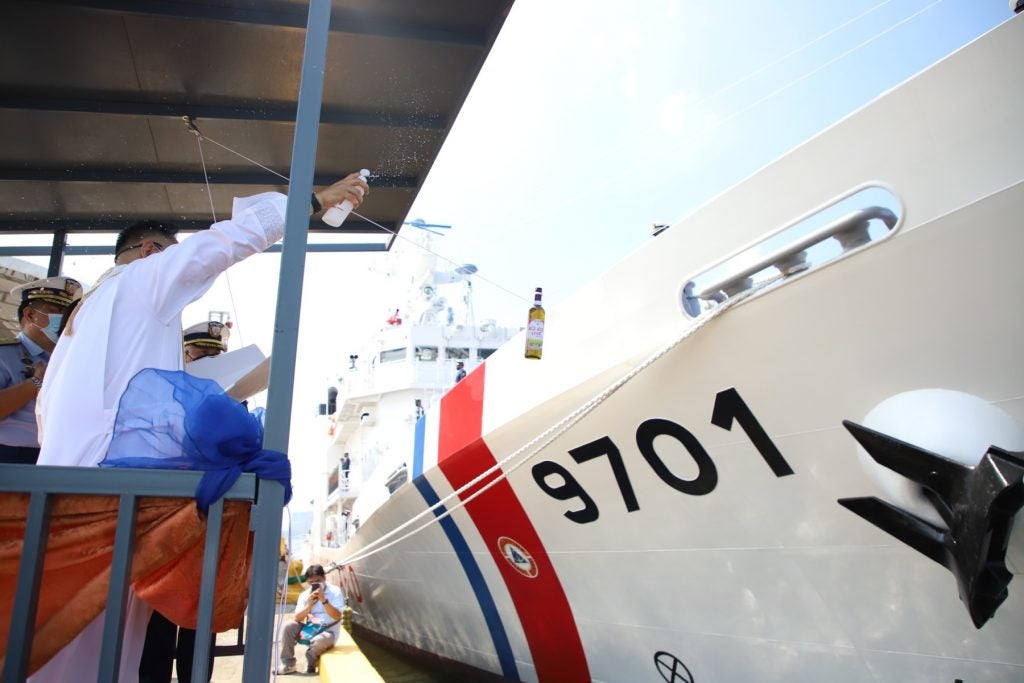
The vessel is the lead ship of the Teresa Magbanua-Class Multi-Role Response Vessel. The class was acquired under Phase II of the Maritime Safety Capability Improvement Project and was financed by the Japanese government. Containing two ships, BRP Teresa Magbanua and BRP Melchora Aquino, the class was ordered from Mistubishi Heavy Industries on March 6, 2020. Construction took place at Shimonoseki Shipyard & Machinery Works, and the vessels were expected to be delivered by 2022. The plans seem to be on track, with the first vessel commissioned and the second vessel expected to set sail for the Philippines in June.
The class is based on a modified design of the Kunigami-class Patrol Vessel Large used by the Japan Coast Guard (JCG). Coming in at 96.6 meters and 2260 tons the Teresa Magbanua-class has the same length but is somewhat heavier compared to the Kunigami, with the latter weighing in at 1500 tons. These ships have a max speed of 24 knots and an endurance of 4000 nautical miles. The Philippine variant also contains a hangar, with the original variant only having a helipad. An underwater remotely operated vehicle will come with the ships as well. Before the arrival of Teresa Magbanua, the largest vessel in PCG service was the French-built BRP Gabriela Silang. Commissioned two years prior, this vessel has been patrolling the West Philippine Sea (WPS) and Manila’s disputed claims in the South China Sea (SCS).
PCG capabilities have expanded resulting from the induction of these two classes, bringing hangars to the fleet, underwater remotely operated vehicles, and endurance to sustain longer patrols and surveillance.
Japanese-Philippine Defense Ties
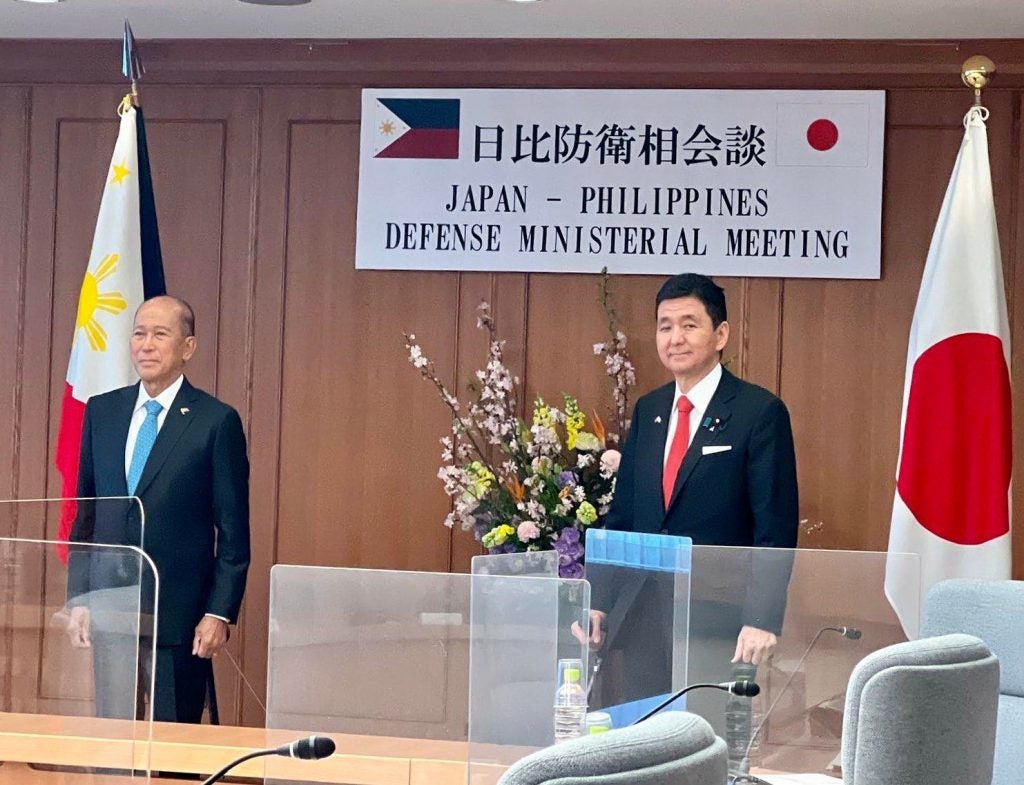
Japanese-Philippine defense relations and cooperation continue to develop and expand. The first 2+2 meeting between the two countries took place last month in Tokyo with Japan’s Defense Minister and the Philippines’ Foreign Affairs Secretary and Defense Secretary attending. Both sides reportedly agreed to further cooperation through exercises. Japan has attended many exercises and events in the Philippines and with Philippine military forces and civilian agencies such as the PCG. Participation varies from sending observers, to ships carrying out joint drills with Philippine assets, and even partaking in landing exercises. One of the more notable exercises involving Japanese forces was during KAMANDAG, where elements of the Japan Ground Self Defense Force (JGSDF) Amphibious Rapid Deployment Brigade deployed for the first time in a foreign country. JGSDF Amphibious Assault Vehicles exercised alongside U.S. Marine Corps (USMC) and Philippine Marine Corps (PMC) assets during a landing drill.
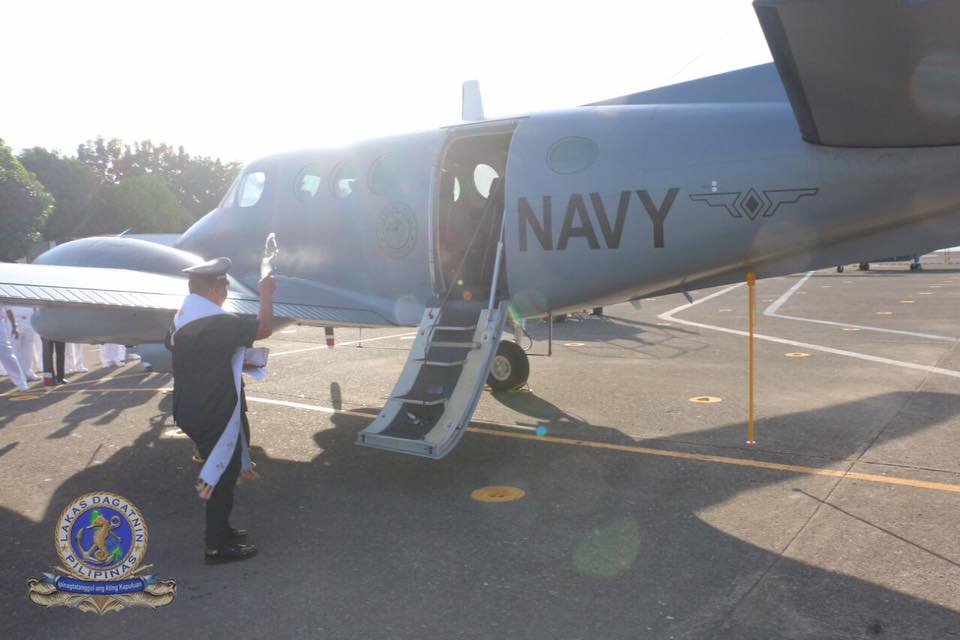
Japanese ties go beyond exercises, with the delivery of Teresa Magbanua representing the latest transfer of security-related equipment to the Philippines. Japan has sold vessels to the Philippines before, with the PCG already operating ten Parola-class Patrol Vessels. The Philippine Navy also operates donated Beechcraft King TC-90 from the JMSDF. Meanwhile, the Philippine Air Force (PAF) is to operate Japanese radars obtained under the PAF’s Air Surveillance Radar System (ASRS) acquisition project. The radars are the first export for Japan of domestically made defense equipment.
What Japan Offers to the Philippines
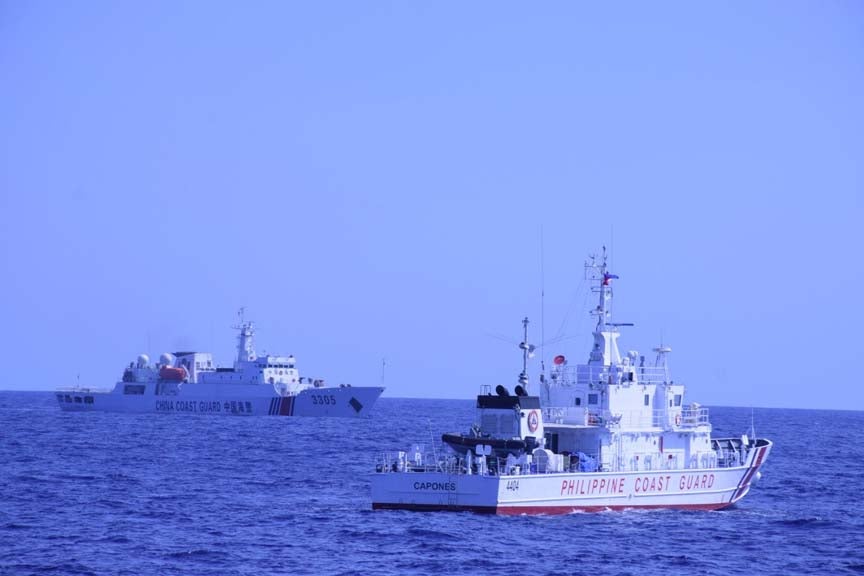
Japanese contributions to Philippine modernization and procurement may not be on the same level as other countries, such as South Korea, but what Japan does send are articles of equipment that are more tailored to the issues facing the Philippines today. Patrol boats, surveillance aircraft, and radars pale in comparison to the higher-end procurements of Indian BrahMos missiles, Korean ships, Turkish attack helicopters, and Swedish or American fighter jets. Yet they are as equally important in confronting incursions into the WPS and staking Manila’s claims in the SCS. A focus on these assets provides Japan with unique inroads into further cooperation with not only the Philippines but other states with similar issues.
Japan’s focus on maritime security issues over more conventional issues is also reflected in its exports of ships to other countries in the region, such as Vietnam. To the Philippines, with small and dated naval forces compared to its rivals, Japanese additions to procurement could provide a strong front to solidify its position. In a region where coast guards and irregular naval forces are the main points of contact and action, civilian maritime agencies and patrol vessels are more important than ever. With this in mind Japan’s contributions to the Philippines, while small in size, stands to become one of the main assets for Manila to use in a crisis or dispute in the West Philippine Sea and South China Sea.
Cover Image Courtesy of Philippine Coast Guard

